20 GPTs for Multilingual Translation Powered by AI for Free of 2025
AI GPTs for Multilingual Translation refer to a subset of Generative Pre-trained Transformers that are specialized in translating text across multiple languages. These tools leverage deep learning algorithms to understand, interpret, and generate text in different languages, making them incredibly valuable for global communication. By training on vast datasets of multilingual text, they can provide accurate and contextually relevant translations, bridging language barriers and facilitating smoother interactions across diverse linguistic landscapes.
Top 10 GPTs for Multilingual Translation are: Ai PDF,New GPT-5,中文学术助手,LexiGPT,女裝文案助理,TextCortx,lingvocio,Chale,Word Smith,Refine and shine
Ai PDF
Revolutionizing PDFs with AI Insight
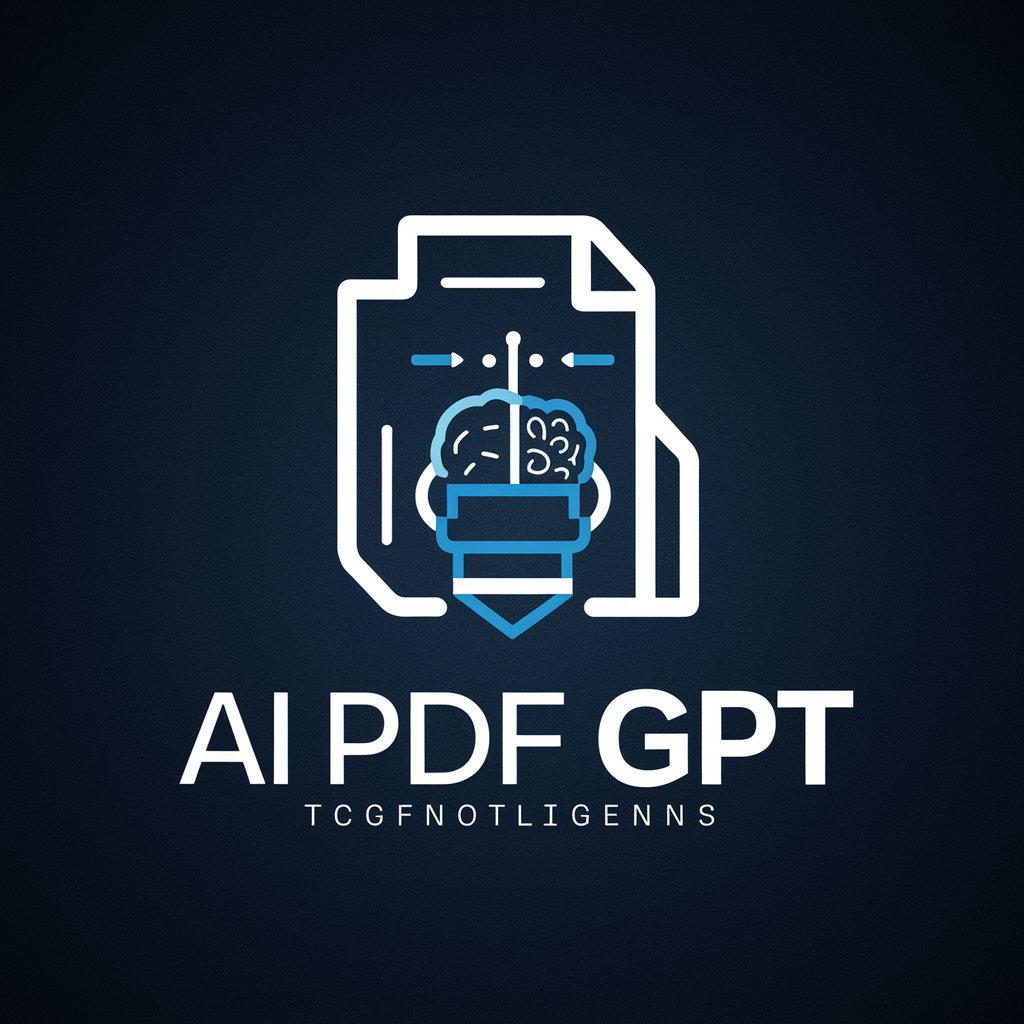
New GPT-5
Empowering Creativity with AI Intelligence

中文学术助手
Empowering Academic Excellence with AI
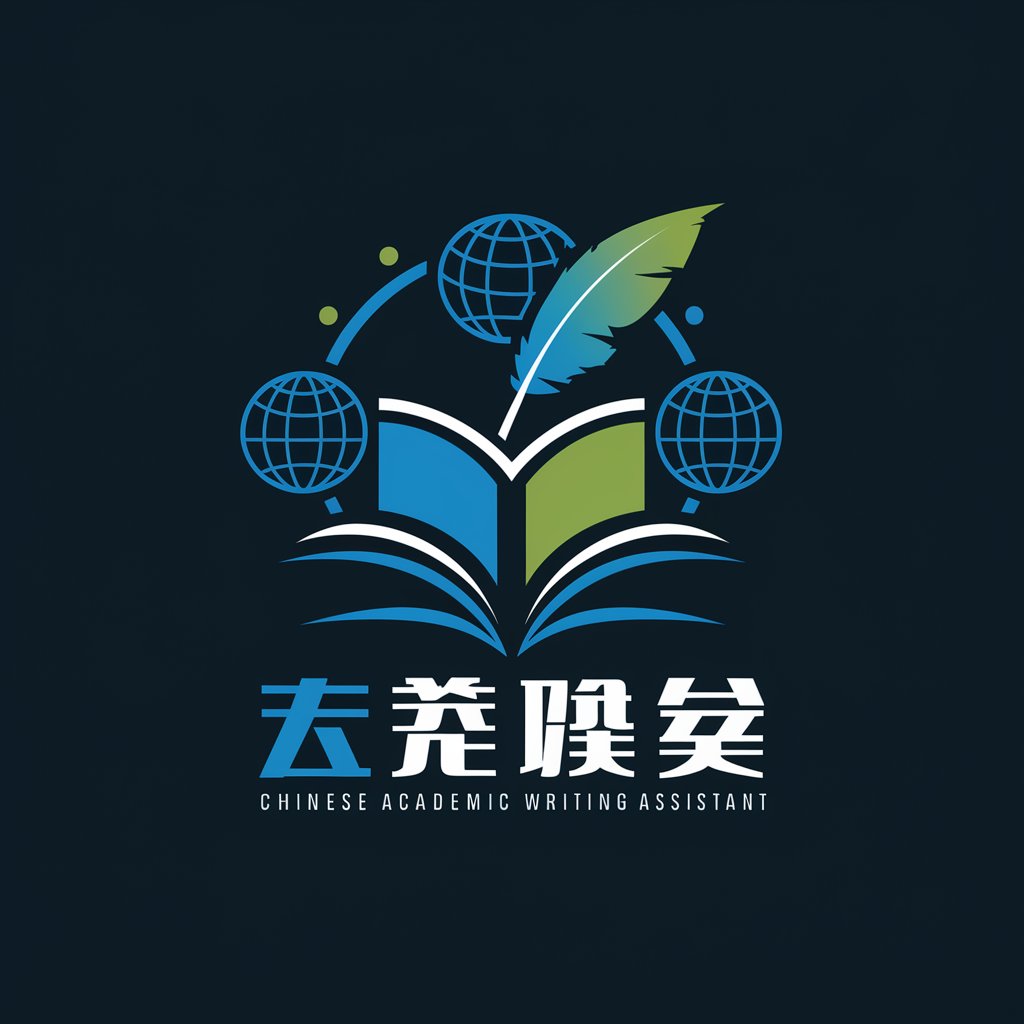
LexiGPT
Elevate Your Writing with AI Precision

女裝文案助理
Elevate Your Writing with AI Precision

TextCortx
Write Smarter, Not Harder
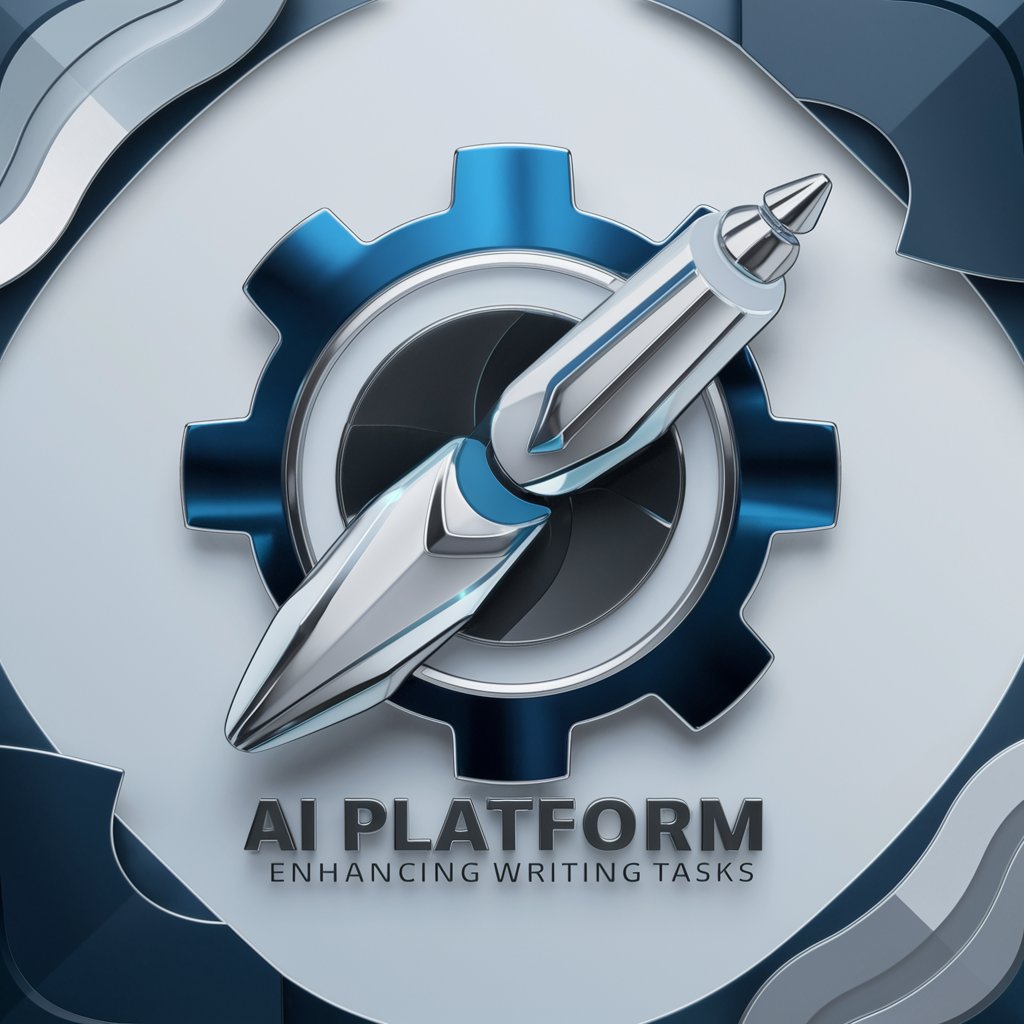
lingvocio
Revolutionizing Writing with AI-Powered Precision
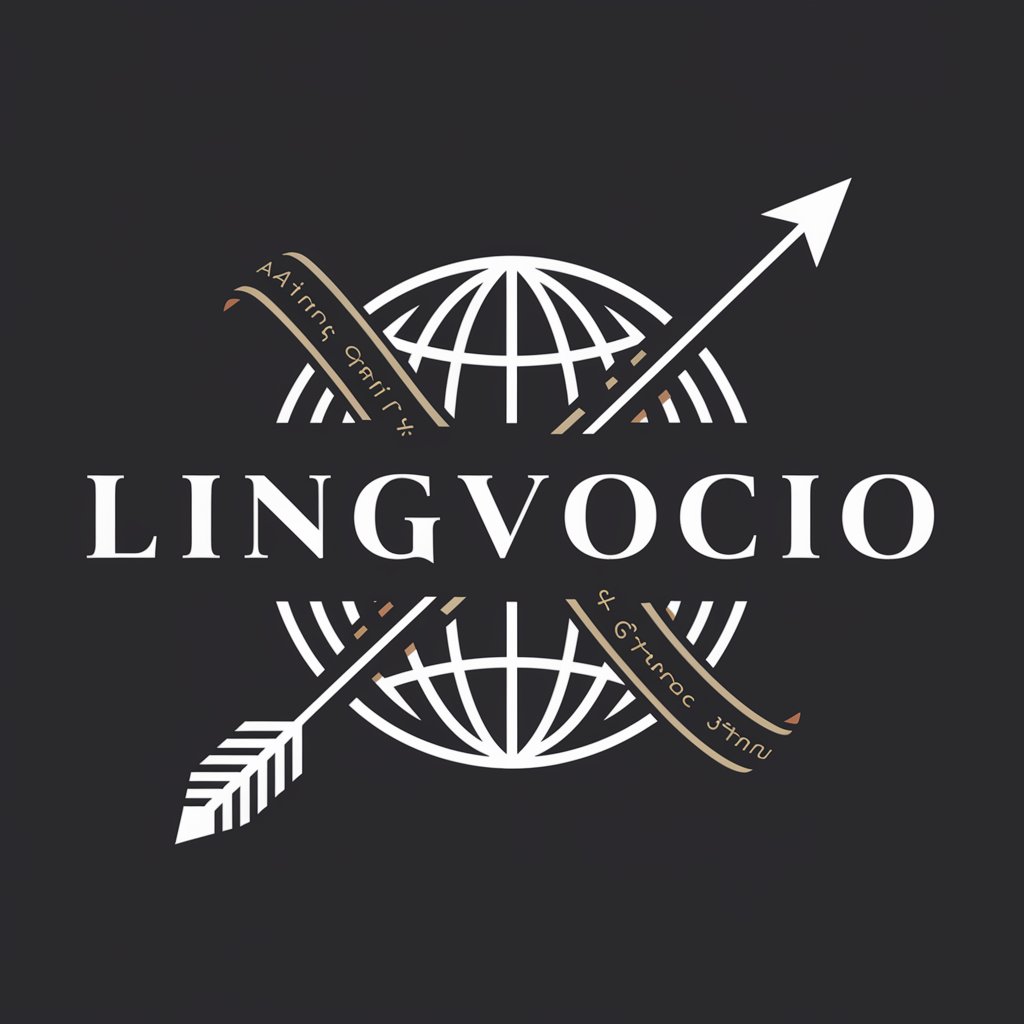
Chale
Your Personal AI Pidjin Buddy
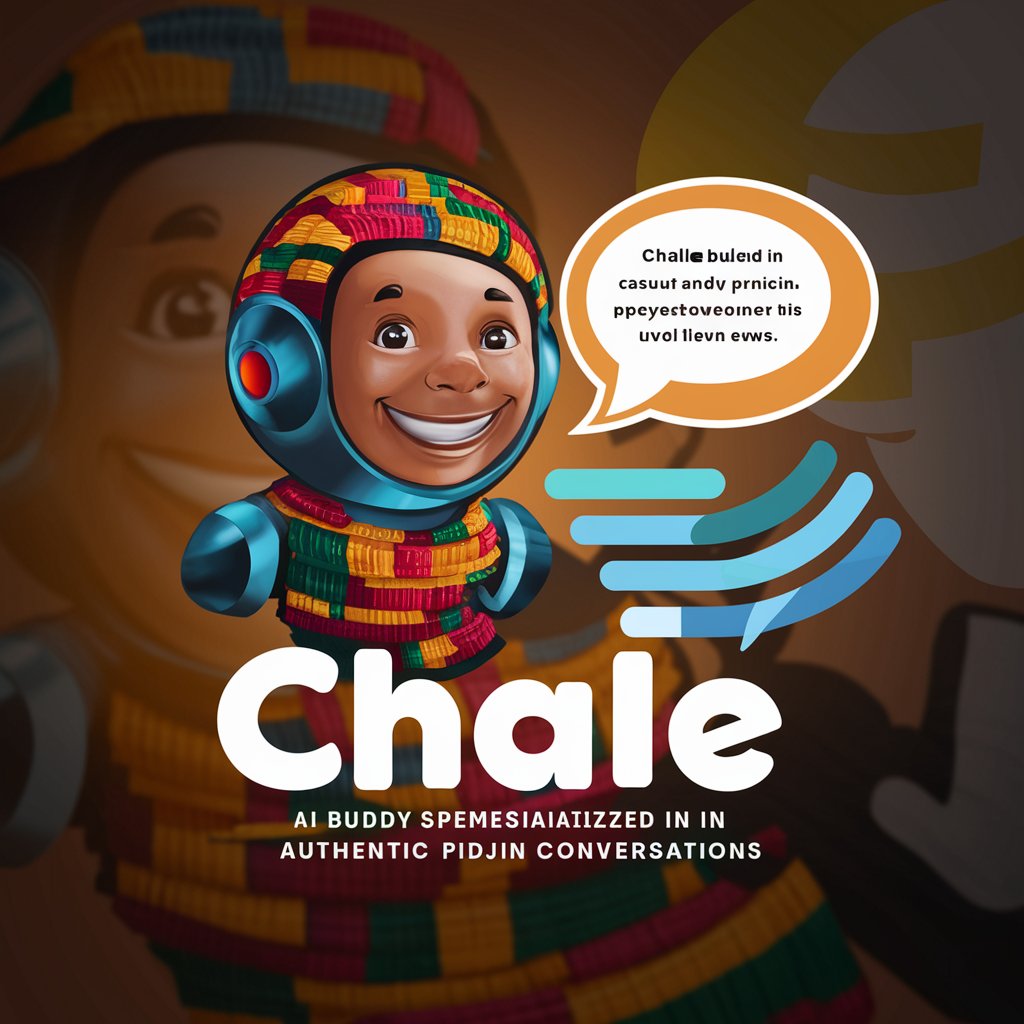
Word Smith
Empowering Expression with AI Intelligence

Refine and shine
Elevate Your Text with AI-Powered Refinement

Audit Terminator
Empowering Audits with AI Insight

Content Expert
Elevate Your Content with AI

turn any text into audio (UNDER CONSTRUCTION)
Bringing Texts to Life with AI
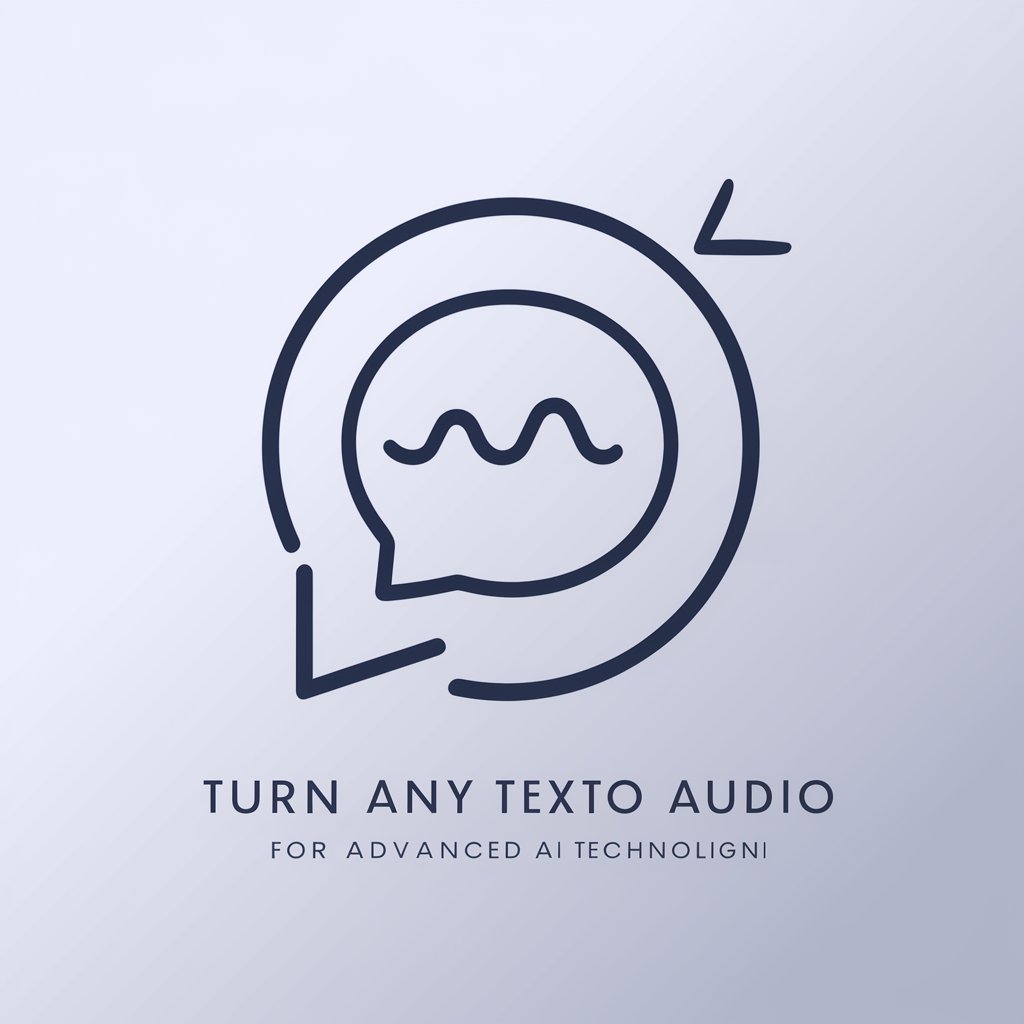
My Language-Specific Email Editor
Craft and Translate Emails Effortlessly
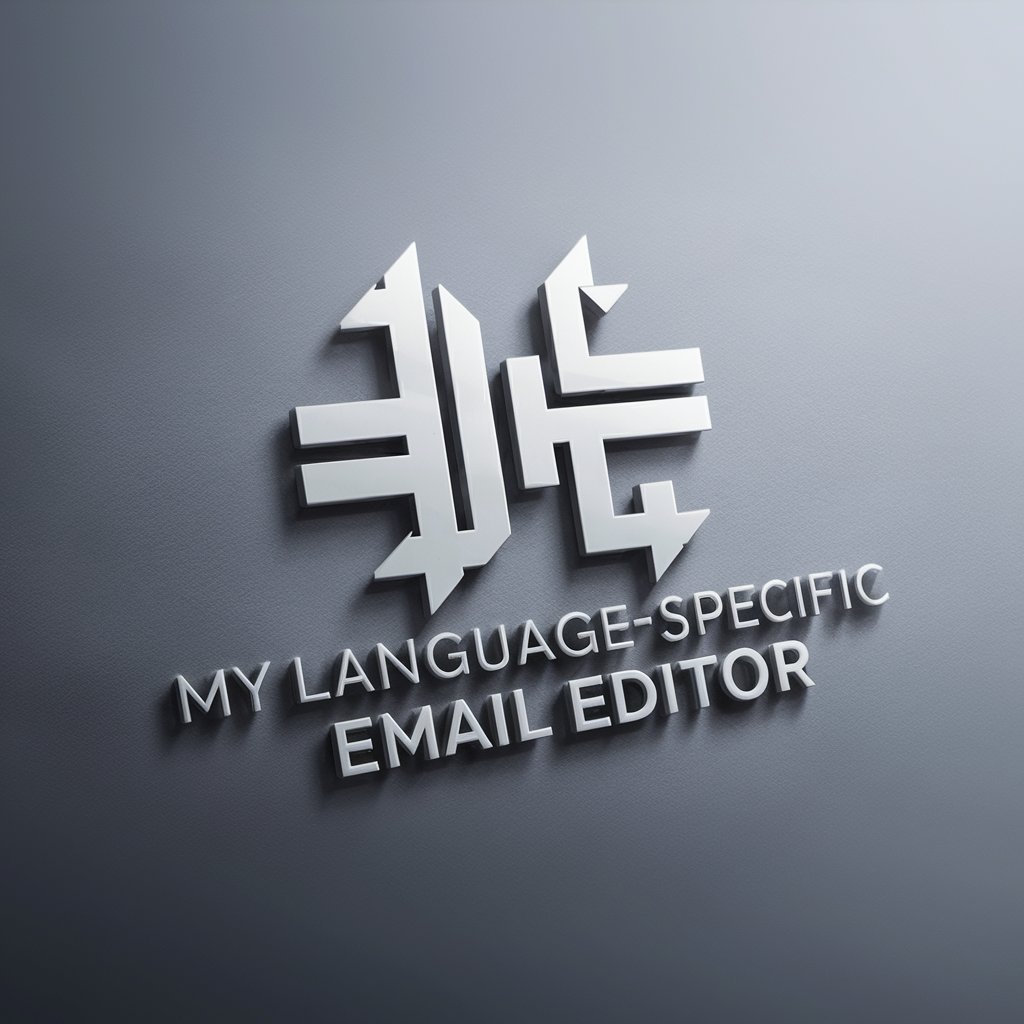
Research
Empowering Research with AI Insights

意法西日韩中英七国语言学习助手
Learn languages powered by AI, with cultural insights.

myPDFresearch Tool
Empowering research with AI innovation.
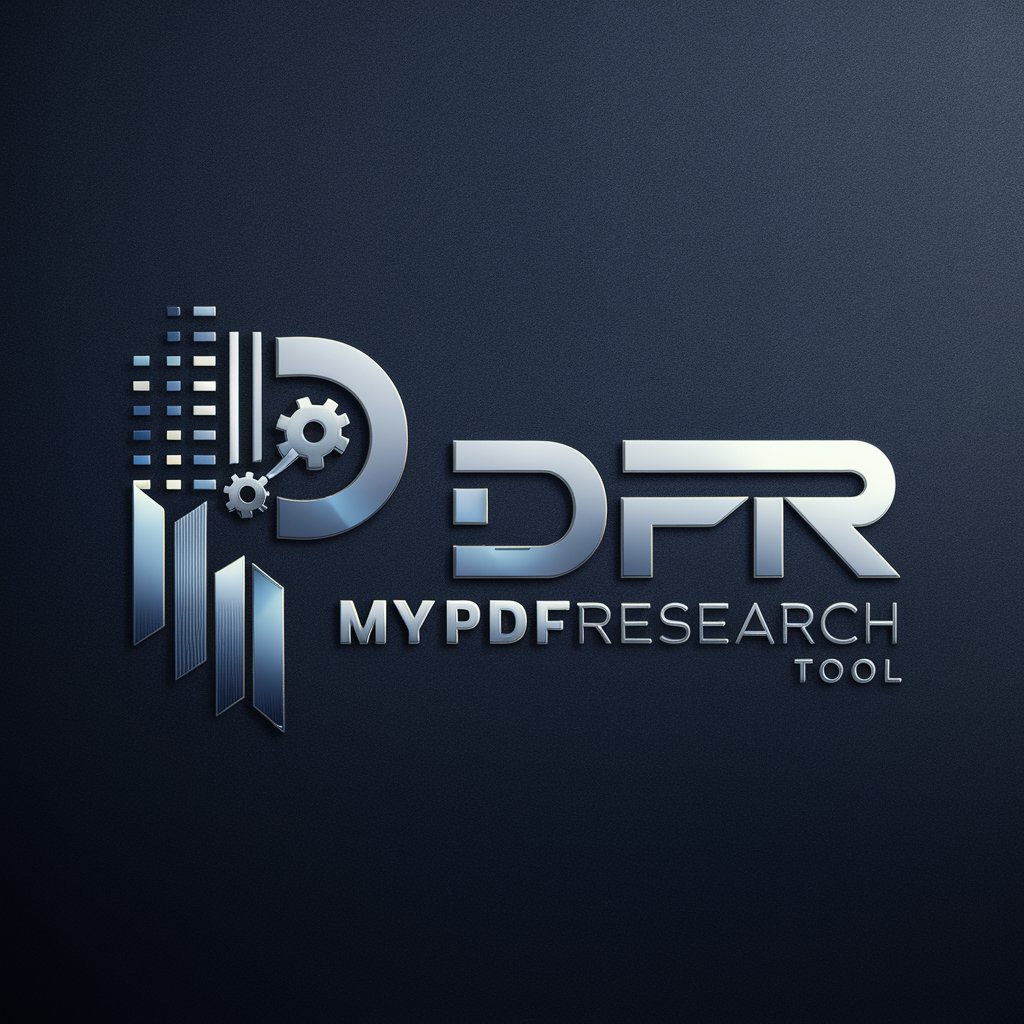
Sintoniza Europa
AI-powered Press Insight and Drafting Tool
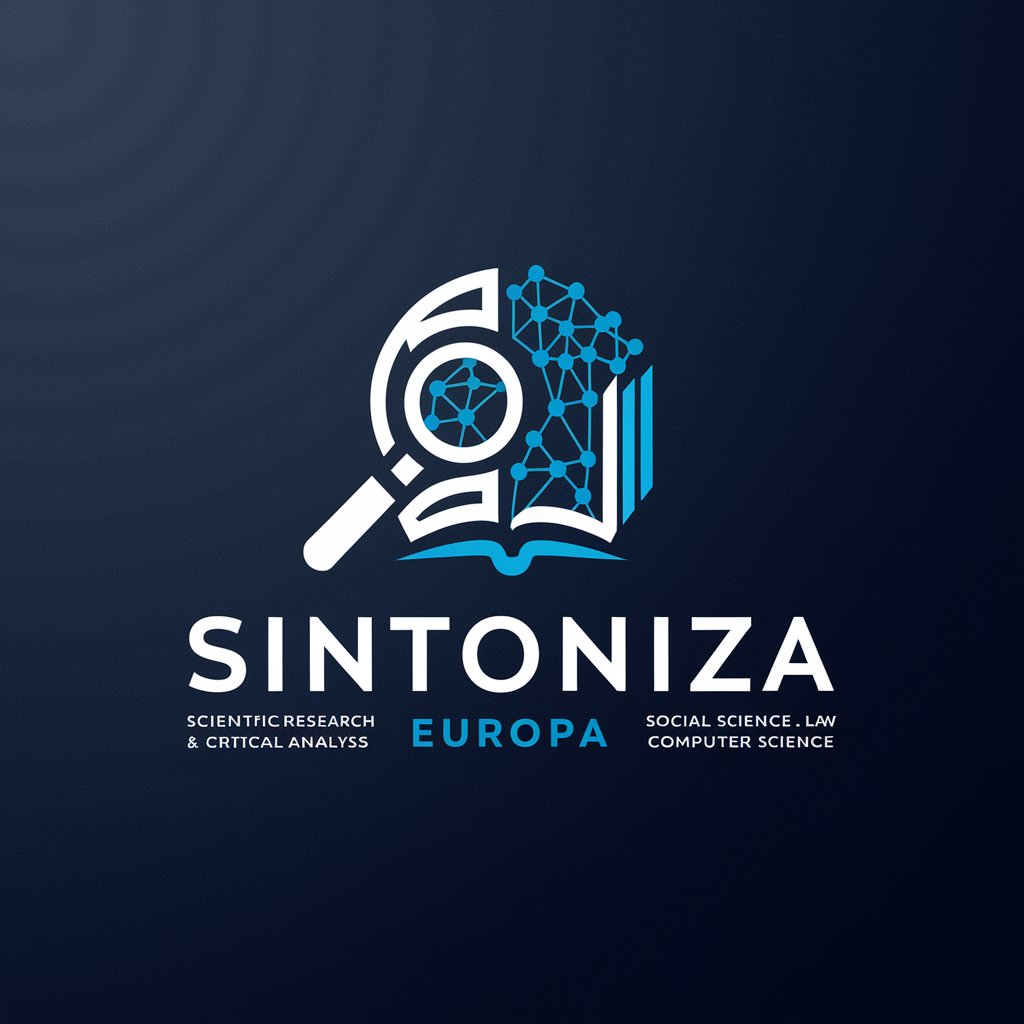
Colibri
AI-Powered Press Analysis and Writing
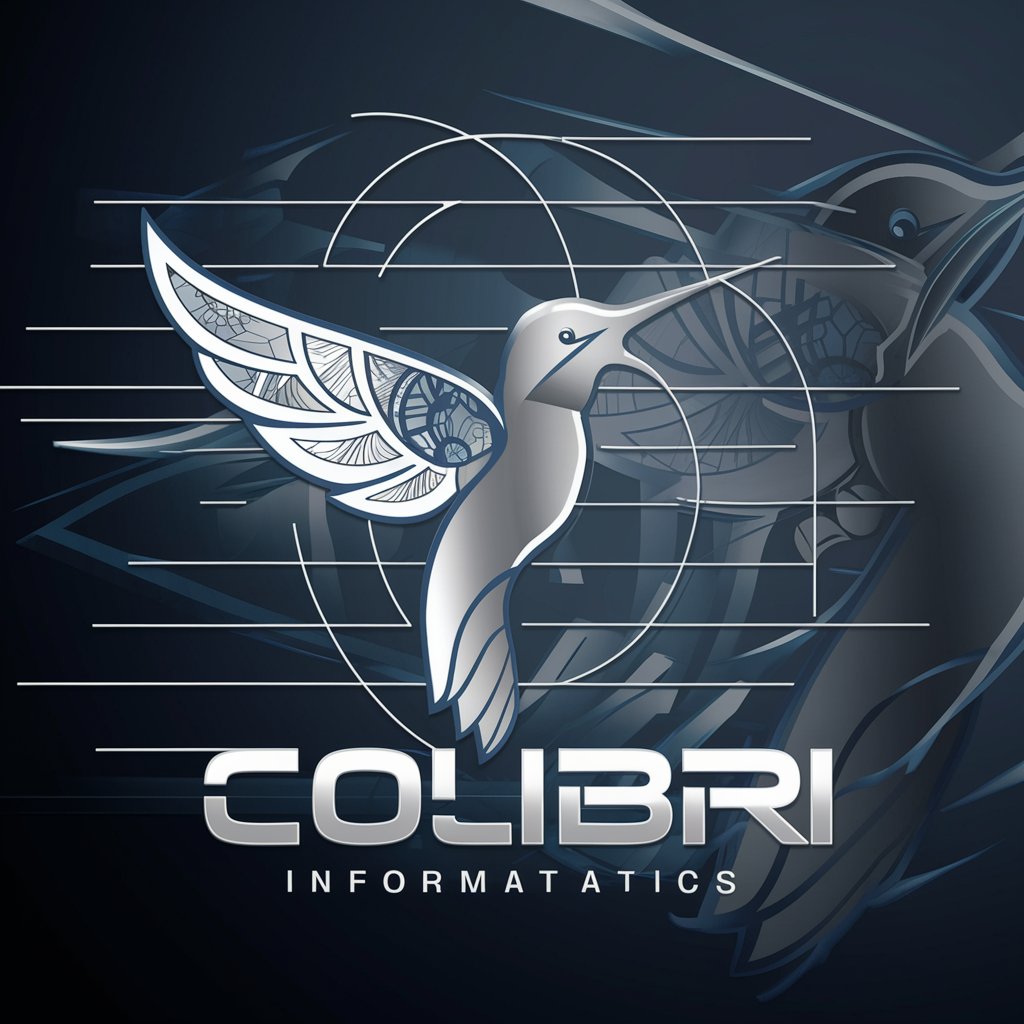
GPT Türkçe
Master Turkish with AI

Key Attributes of Multilingual GPTs
Multilingual GPTs stand out due to their deep understanding of linguistic nuances and grammar across languages, high accuracy in context preservation during translation, and ability to learn from new data continuously. They support a wide range of languages, from widely spoken ones like English, Spanish, and Mandarin, to less common languages, enhancing accessibility. Advanced features may include real-time translation, integration with messaging platforms, customization options for specific jargon or dialects, and even the capability to handle idiomatic expressions.
Who Benefits from Multilingual GPT Tools
These tools are invaluable to a broad audience, including language learners seeking to improve their skills, businesses aiming to globalize their operations, content creators looking to reach international audiences, and developers needing to incorporate translation functionalities into their applications. They cater to users with varying levels of technical proficiency, offering user-friendly interfaces for beginners and customizable APIs for tech-savvy individuals.
Try Our other AI GPTs tools for Free
Coding and Technical Support
Discover AI GPTs for Coding and Technical Support: innovative tools designed to streamline coding tasks and offer advanced tech solutions.
News and Weather Updates
Discover AI GPTs for News and Weather Updates – your gateway to real-time, accurate, and user-friendly news and weather information, tailored for everyone from novices to professionals.
Visual Content Creation
Discover the transformative power of AI GPTs in Visual Content Creation – versatile tools designed for generating innovative visual content, adaptable to various creative needs.
Casual Conversation
Discover AI GPTs for Casual Conversation: Tailored AI solutions designed for enhancing everyday dialogues with natural, context-aware, and emotionally intelligent interactions.
Virtual Driving Simulation
Explore the cutting-edge realm of AI GPTs in Virtual Driving Simulation. These tools revolutionize training and development in the automotive field, offering adaptable, realistic experiences for a wide range of users.
Driver Training Programs
Revolutionize driver training with AI GPTs, offering personalized, interactive learning experiences tailored to individual needs, enhancing safety and proficiency on the road.
Expanding Horizons with GPT Translations
Beyond mere translation, Multilingual GPTs offer a bridge to cultural understanding, enabling more nuanced and effective communication across borders. They are increasingly being integrated into educational tools, enhancing language learning experiences, and are pivotal in global content strategy, helping businesses and creators reach a wider audience. Their adaptability and continuous learning capabilities mean they are constantly evolving, promising ever-improving accuracy and usability.
Frequently Asked Questions
What exactly are AI GPTs for Multilingual Translation?
They are advanced AI systems designed to accurately translate text between multiple languages, leveraging the power of Generative Pre-trained Transformers to understand and replicate linguistic nuances.
How do these tools maintain translation accuracy?
By training on extensive multilingual datasets, they learn contextual nuances and grammar, ensuring translations are not only literal but also contextually appropriate.
Can these tools translate rare languages?
Yes, many are designed to support a wide spectrum of languages, including less common ones, thanks to comprehensive training datasets.
Are these tools suitable for professional translation tasks?
While highly effective, they may require human oversight for complex, professional tasks to ensure nuances and specialized terminology are accurately conveyed.
How do they differ from traditional translation software?
GPTs understand and generate language by learning from context, making them more adept at handling nuances and idioms compared to rule-based translation software.
Can I customize the translation for industry-specific terminology?
Yes, many GPTs offer customization options allowing them to learn and adapt to specific jargon and terminology of various industries.
Is real-time translation possible with these GPTs?
Indeed, many of these tools are capable of providing real-time translation, facilitating live conversations and meetings between speakers of different languages.
How do I integrate a GPT translation tool into my existing system?
Most GPT translation tools offer APIs that allow for seamless integration into existing software systems, websites, and applications.